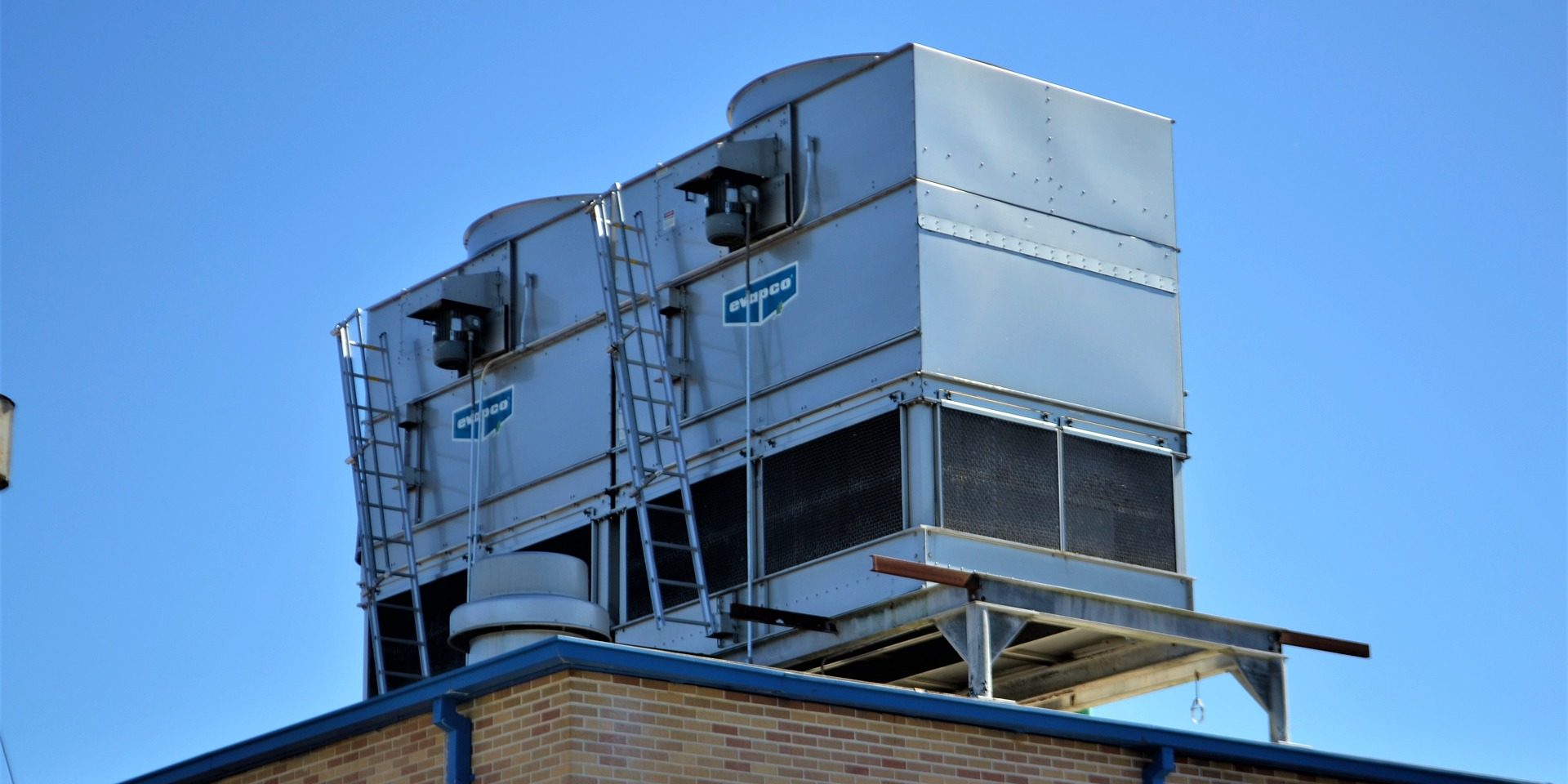We rely on our heating ventilation air conditioning system (HVAC) to provide warmth in the winter months and to cool us down in the summer months. In order for these functions to keep ticking along, however, they have to be installed correctly.
Installing an HVAC system is a large investment and it should last and run efficiently for its expected lifespan. Poor installation can cost more in the long run, so here are some common HVAC problems to look out for to avoid pricey repairs down the line.
1. Poorly Sized Units
When units are undersized or oversized, they undermine the system’s efficiency, causing it to use far more energy than it should to
sufficiently warm or cool your home. In addition to experiencing difficulty maintaining a comfortable temperature in your home, over time the energy drain will increase monthly payments by hundreds if not thousands of dollars. A reliable HVAC expert will always ensure an appropriately sized system is on hand before installation takes place to steer clear of avoidable, costly solutions.
2. Defective Ductwork
Although air ducts are one of the least visible parts of an HVAC system, when they’re defective, the repercussions can certainly be felt. Undersized ductwork restricts airflow and lessens clean air quality and efficiency. As highlighted above, this all puts strain on the system, and pressure equates to more energy used. This combination results in higher monthly energy bills and a reduced system lifespan. In addition to the indicators listed, other symptoms of undersized ductwork include excessive noise and breakdowns.
3. Inadequate Drain Flow Installation
HVAC systems have a drain line and drip pan to catch and remove condensation caused as a result of humidity in the home. If the overflow drain is incorrectly installed, clogging can occur in the ductwork and can cause water to be backed up into your home. This type of leaking can lead to more financially draining repair work to potential structural property damage, as well as mould and mildew, which reduces indoor air quality.
4. Incorrect Refrigerant
Refrigerant is a chemical compound that HVAC systems run on. Through a process called phase conversion (liquid being converted to gas), refrigeration absorbs heat and converts it cool air conditioning once combined with compressors and evaporators. All heating ventilation air conditioning units require specific refrigerants, of which there a several, to effectively do its job. Using the wrong refrigerant can have lasting, damaging effects on the overall performance of your unit.
5. An Unsuitable Exhaust
The heating component of an HVAC system requires a furnace to ensure warm comfort during chilly months in the year. Due to the fact furnaces emit toxic gasses like carbon monoxide, as well as flammable gasses, it is imperative that a correctly installed exhaust is present to ensure the harmful gasses are vented safely out of the house. Among other things, improper ventilation systems that allow poisonous
gasses to seep in can cause headaches, nausea and fatigue. It’s therefore crucial to ensure a suitable exhaust is securely installed by a professional.
A professionally installed HVAC unit will significantly increase the chances of an optimally performing system throughout the year and without a hefty pricetag. Be sure to use the five common problems with HVAC installation above to be sure you’re setting your home up for comfort.
Contact Optimal Engineering for HVAC installations.







